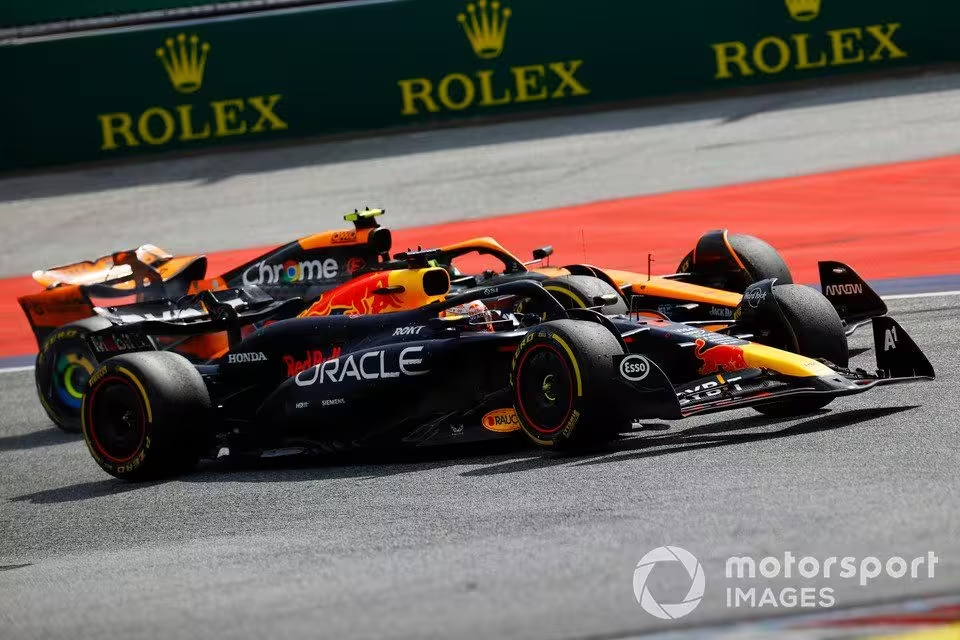More stringent regulations surrounding moving under braking were introduced to Formula 1 in 2016 following drivers’ concerns around Max Verstappen’s defensive moves. Many drivers had complained to F1’s race director Charlie Whiting that Verstappen’s actions were extremely dangerous as he battled several rivals on track.
Whiting had previously reassured the grid that there would be a clampdown on the issue, which eventually came to a head at the 2016 Japanese Grand Prix. Verstappen – who had been called out on numerous occasions previously for the defence tactic – was in a tight battle for second place with Lewis Hamilton during the final few laps at Suzuka when the Mercedes attempted to overtake the Red Bull at Turn 16.
Verstappen moved under braking, which resulted in Hamilton taking avoiding action before going off the track onto the escape road. Mercedes protested the manoeuvre, which was later withdrawn after multiple statements from Hamilton including a tweet which read: “There is no protest from myself. Just heard the team had but I told them it is not what we do. We are champions, we move on. End of!”
Ahead of the following United States GP, Whiting sent event notes to the teams which warned he would view moving under braking as a breach of regulations.
Max Verstappen, Red Bull Racing RB20, Lando Norris, McLaren MCL38, battle for the lead
Photo by: Andy Hone / Motorsport Images
What does moving under braking mean?
Moving under braking is a defensive action where a car moves or changes its line whilst braking, which can be done deliberately or by accident. Although a banned move, drivers still attempt to use it to prevent the driver behind from being able to overtake – but is highly unpredictable for other drivers and could cause a collision.
Regulations were introduced in 2016 by the FIA to prevent moving under braking, which includes Article 27.5 which states: “No car may be driven… in a manner which could be potentially dangerous to other drivers”, with Article 27.8 prohibiting any move which is “liable to hinder other drivers, such as premature direction changes, deliberate crowding of cars towards the inside or the outside of the curve or any other abnormal change of direction, are strictly prohibited and shall be penalised, according to the importance and repetition of the offences, by penalties ranging from a fine to the exclusion from the race.”
The regulations came after several…
Click Here to Read the Full Original Article at Autosport.com – Formula 1 – Stories…

